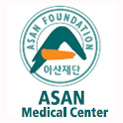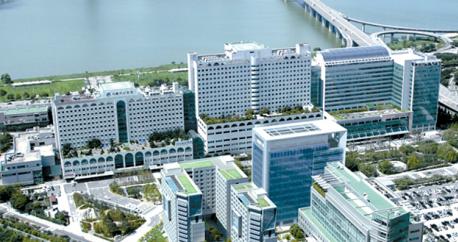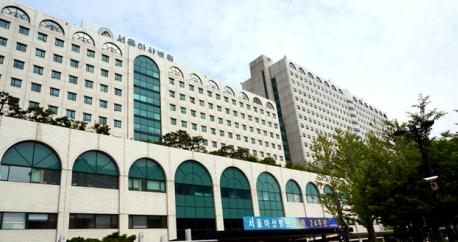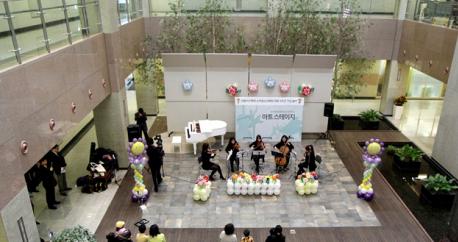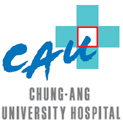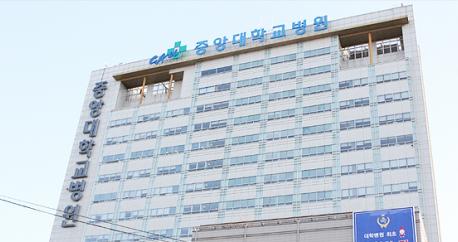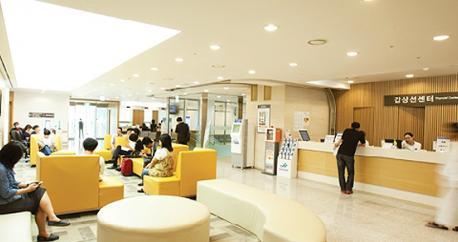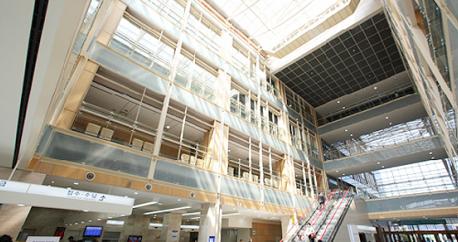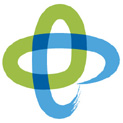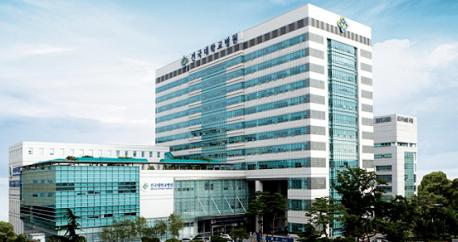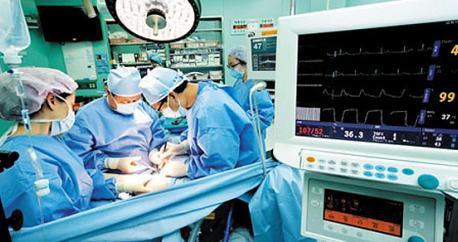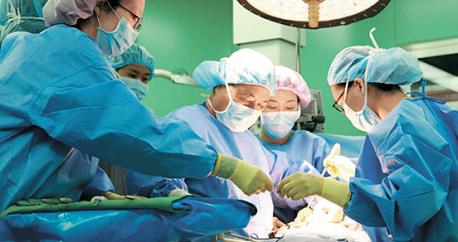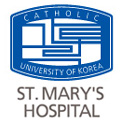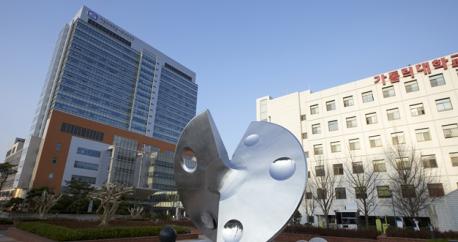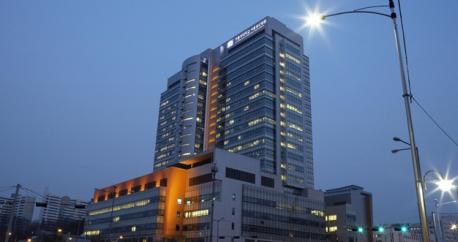As the most common type of birth defect, congenital heart disease causes more deaths in the first year of life than any other birth defects. Often, no particular cause for heart disease can be found, many researchers continue to investigate on congenital heart disease. Drugs such as retinoic acid for acne, chemicals, alcohol, and infections during the pregnancy can contribute to some congenital heart problems. Poorly controlled blood surgar during the pregnancy with diabete also has been linked to congenital heart disease.
The heart is created inside the mother’s uterus between the 3rd and 8th week of the fetal life and the Congenital Heart Disease is the disease causes the deformity and impaired functioning of the heart at birth after the occurrence of problems during the creation and development process of the heart. Majority of the Congenital Heart Diseases are explained as being caused by various factors during the initial stages of pregnancy but the majority of the causes are yet to be distinct. The diagnosis is mainly performed by cardiac murmur or the manifestation of symptoms for cyanoderma and in minor cases, it is naturally cured and sometimes do not require treatment. However, there are types of diseases that cannot be treated when going over the appropriate period for treatment for the accurate diagnosis and individually customized treatment plans must be managed by the heart specialist when the congenital heart malformation is questioned.
Classifications of Congenital Heart Disease
Ventricular Septal Defect (VSD)
As the disorder with the hole in the wall between the left and right ventricle of the heart, this is the most common congenital heart disease that occupies approximately 25% of all congenital heart diseases. In this case, cardiac murmur is loudly heard through the stethoscope and is frequently discovered during vaccinations within few days or months after birth and in cases of small deficits, it does not require special treatments besides the prevention for infectious endocarditis but in cases of large deficits or concerns for complications, surgical operations in initial stages are advised.
Atrial Septal Defect (ASD)
As the disorder with the hole(deficit) in the middle wall between the left double ventricles to have 3 different forms according to its position. The 3 forms are the primum ASD, secundum ASD and the sinus venosus defect. Other than that, the right to left shunt through the pierced foramen oval in the atrial septum is called the patent foramen ovale(PFO) and majority of the cases do not have symptoms and are diagnosed through cardiac murmur at the age of 1~2 or at times, diagnosed after becoming adults. It is important to prevent complications of hypertension and arrhythmia with appropriate treatments and the deficit parts are blocked with the septal occluder or surgical operations.
Patent Ductus Arteriosus (PDA)
To main the fetal circulation, there is the arterial tube that connects the aorta with the pulmonary artery and this is the vessel that must be closed directly after birth. When this is not normally closed after birth and remains open, it is called the Patent Ductus Arteriosus. All of the arterial tubes with cardiac murmur become subjects of treatment without relation to symptoms or size and treatments are performed using non-surgical equipments or when there are concerns of complications, the surgeries to cut or block the arterial tubes are performed.
Pulmonary Stenosis
This is the disease where blood is unable to flow correctly as the pulmonary artery vessel ,located between the pulmonary artery and the right ventricle, gets narrow and as the relatively common congenital heart disease, it occupies 8~12% of the overall congenital heart disease. >Treatment is required in moderately advanced cases but in cases where it is not accompanied by other heart deformations, patients are treated with Percutaneous Mitral Balloon Valvuloplasty through catheter without surgical operations
Aortic Stenosis
As the disability of the blood flow caused by the partial narrowing of the aorta, the interventional catheterization using the balloon or the surgery of removing the constriction is performed.
Tetralogy of Fallot
The congenital heart disease that occurs when 4 different abnormalities of pulmonary stenosis, right ventricle hypertrophy, ventricular septal defects and aortic overriding occurs.
Great Ateries
This is the case when the child is born with the pulmonary trunk and the aorta switched in place and is the most common disease amongst the congenital heart disease that are diagnosed to new-borns. In the recent times, there are more and more cases of starting treatment immediately after birth after diagnosing the disease during the fetal life and medicinal treatments, balloon catheter and aortic replacements are performed. The aortic replacement is the arterial switch operation that moves the aorta and pulmonary artery as well as the coronary artery in the aorta. Furthermore, there are cases when different surgical methods are required and for these cases, there are the Rastelli and the ventricular switch operations.
Diagnosis of Congenital Heart Disease
There are various types of heart diseases and not only are they different in symptoms, treatment methods, stages and prognosis, there are differences according to various factors even if it is the same disorder. There are uncommon cases where special symptoms are not observed and there are cases that require surgical operations. Therefore, it is important to visit a heart specialist to receive diagnosis and determine the treatment methods when a person is questioned about heart diseases.The diagnosis of heart diseases are accomplished through observation, EKG, chest x-ray, echocardiography, cardiac catheterization, angiocardiography and MRI.
Treatments of Congenital Heart Disease
There are many cases of congenital heart disease that require surgical treatment. However, this does not mean that all patients with heart diseases must undergo surgery. There are various methods for treatment according to the disease and conditions starting from cases that do not require treatment, the cardiac catheterization is performed and treatments using equipments, determining to perform surgical operations while observing and cases that required immediate emergency surgery for the treatment methods must be determined after consulting with the pediatric cardiac surgeon.
